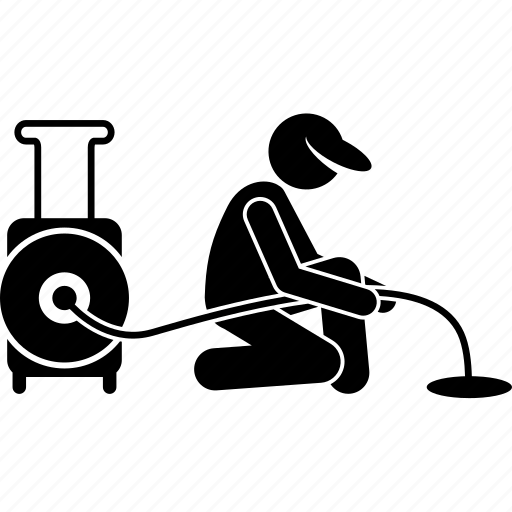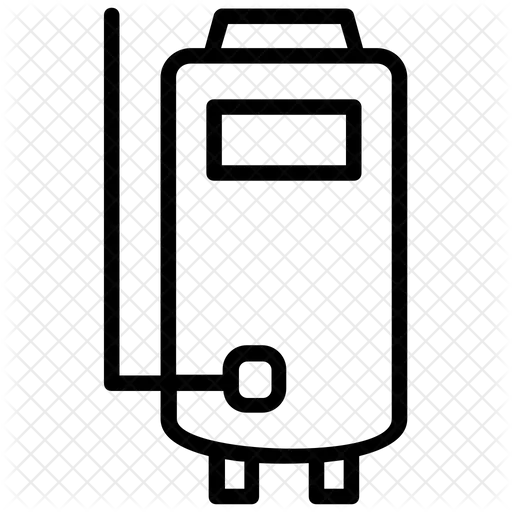Introduction to Affordable Plumbing Solutions
Plumbing problems? We’ve all been there, right? That moment when the sink decides to become a fountain, or the toilet thinks it’s a geyser. Not fun. But here’s the deal: fixing these issues doesn’t have to drain your wallet. Before you call in the pros for every drip and clog, let’s dive into some affordable plumbing solutions you can do yourself. From leaky faucets to clogged drains, there’s often a simple, cost-effective fix. And hey, understanding a bit about what goes on in those pipes can also save you from spending on unnecessary repairs. So, let’s get started on demystifying some of those plumbing mysteries and keep a few more bucks in your pocket.
Common Household Plumbing Problems and Their Impact
Leaky pipes and dripping faucets are more than just annoying; they’re money drainers and water wasters. Imagine every drop from a leaky faucet bumping up your water bill. Then there’s the clogged drain or toilet – a nightmare for any homeowner. It’s not just about the inconvenience. If left unchecked, clogs can lead to severe water damage or even burst pipes. Low water pressure is another head-scratcher. It can make showers less refreshing and slow down washing dishes. Often, it signals deeper problems in your plumbing system, like hidden leaks or corroded pipes. So, when you start noticing these issues, it’s not just about the annoyance. It’s a sign your wallet could take a hit from wasted water or costly repairs. Don’t let these common plumbing problems soak up your peace of mind or hard-earned money.
How Regular Maintenance Can Prevent Costly Repairs
Skipping regular checks on your plumbing system is like ignoring a ticking time bomb. You never know when a small leak turns into a flood, causing havoc in your house and hitting your wallet hard. But here’s the deal – you can prevent most of these costly repairs with just a bit of attention and regular maintenance. Think of it as looking under the hood of your car; you don’t wait until it breaks down in the middle of nowhere. A simple routine check, say once a year, can catch those sneaky problems like leaks, slow drains, or that toilet that never stops running. Fixing these issues early on can save you a chunk of change. Why? Because minor problems are cheaper to fix than major ones. Picture this: a dripping faucet might not seem like a big deal, but over time, it can waste gallons of water, and guess who’s paying for that? Yep, you. So, investing a bit in maintenance can actually keep your bank account happier in the long run. Don’t wait until your kitchen resembles a swimming pool. A little preventive care goes a long way.
DIY Plumbing Fixes for Minor Issues
Tackling basic plumbing troubles doesn’t always need a professional plumber. There are several DIY solutions you can try out for minor issues that save you time and money. A leaky faucet, for example, often needs a simple washer replacement. Turn off the water supply, dismantle the faucet handle, locate the worn washer, and swap it with a new one. Clogged drains? Before calling help, use a plunger, or pour a mixture of baking soda followed by vinegar down the drain, wait for it to fizz up, then flush with hot water. Running toilets typically require a quick adjustment or replacement of the flapper inside the tank. These fixes are straightforward, and with a few tools, you can handle them confidently. Remember, if the problem persists or gets worse, it’s time to call a professional.
The Importance of Choosing the Right Materials for Plumbing
Choosing the right materials for plumbing is fundamental. Go wrong here, and you’ll face leaks and repairs sooner than you think. Copper, PVC (polyvinyl chloride), and PEX (cross-linked polyethylene) are the main options. Copper is durable and resists corrosion, but it’s pricier. PVC wins in affordability and is easy to install, yet it’s not ideal for hot water lines due to its lower heat tolerance. PEX, a newcomer, offers flexibility, heat resistance, and is budget-friendly, but it hasn’t been around long enough for a definitive lifespan track. Remember, cheap now might mean costly later. Pick materials that match both your needs and your budget’s longevity.
When to Call a Professional Plumber
You might think you can fix any plumbing issue with a wrench and some elbow grease. But let’s be real, some problems are out of the DIY league. Here’s when you should dial up a professional plumber: First, if you’ve got a burst pipe, it’s time to call in the pros. This is not only a mess; it can cause serious damage to your home if not fixed ASAP. Second, if your DIY unclogging methods fail to clear a blocked drain, a plumber has the tools and know-how to solve it without causing further damage. Lastly, if you’re installing something new or messing with the main water line, don’t gamble. A wrong move can lead to disaster. Professionals ensure the job is done right, saving you money and headaches.
Understanding the Costs of Professional Plumbing Services
Knowing what you’re going to pay for professional plumbing services helps you plan and not get caught off guard. Let’s cut to the chase – plumbing services aren’t always cheap, but knowing the basics can help you navigate costs better. First off, the cost depends on the job. Fixing a leaky faucet is cheaper than say, installing a new pipe system in your house. We’re talking about possibly a few hundred bucks for small repairs versus a couple thousand for big jobs. Hourly rates for plumbers can vary widely too, based on where you live and the plumber’s experience. On average, you might see rates from (45 to )150 an hour. Emergency calls? Expect those rates to jump higher because you’re paying for their immediate availability. And, if you’re thinking about doing a job on your own to save some cash, consider this: If you mess up, you might end up paying more for a plumber to fix the original problem plus the new issues. In summary, the cost of professional plumbing services can vary a lot, but understanding what affects those costs can help you make informed decisions and avoid surprises.
Tips on How to Save Money on Plumbing Repairs
Fixing a leak or unclogging a drain can drain your wallet if you’re not careful. Here’s the deal on saving bucks on plumbing repairs: know what you can do yourself and when to call a pro. First off, get to know your plumbing. A simple YouTube tutorial or a quick chat with your local hardware store can make you familiar with basics like turning off water supply to prevent a small problem from becoming a Niagara Falls in your home. Regular maintenance is your friend. Clean those drains and inspect pipes for leaks often. Catching a problem early can mean the difference between a (20 fix and a )2000 nightmare. For clogs, skip the harsh chemicals that can eat away at your pipes. Go for a plunger or a plumber’s snake. These tools are cheap and can tackle most blockages with some elbow grease. If DIY feels daunting or the problem is above your pay grade – like messing with gas lines or major installations – then it’s time to call a professional. Here’s where you can still save: shop around for a plumber with good reviews and fair prices. Don’t hesitate to ask for quotes from different pros. And ask about any hidden costs upfront. Remember, sometimes going for the cheapest option can end up more expensive in the long run if the job isn’t done right. In summary, understand your plumbing, tackle minor repairs and maintenance yourself, and be wise about hiring pros for the big stuff. That’s how you keep your plumbing and wallet in check.
Innovative and Affordable Plumbing Products in the Market
When you’re looking at plumbing issues, your wallet might start to feel the dread first. But, take a breath; there are innovative and affordable plumbing products out there that can slash those bills and still tackle your problems head-on. Leak detectors are a game changer, costing next to nothing but saving you loads by catching leaks early. Think about dual-flush toilets, too; they use less water, cutting down your bill and being kind to the planet. For those pesky clogs, a good quality drain snake can be a one-time buy that keeps on giving, avoiding the need for costly professional interventions. Ever heard of aerators? Screw one onto your faucet; you’ll use less water without even noticing a difference, except on your water bill, that’s where you’ll see it. Lastly, don’t overlook water pressure regulators. If your home’s water pressure is too high, it can be harsh on your plumbing system, leading to leaks or burst pipes. Installing a regulator can extend the life of your plumbing and help you avoid expensive repairs down the line. So, yes, there are plenty of options to keep your plumbing healthy without draining your bank account!
Conclusion: Maintaining an Efficient Plumbing System on a Budget
Keeping your plumbing system in good shape doesn’t have to drain your wallet. Remember, regular checks and fixing small issues before they become big ones are key. You can do a lot yourself like cleaning drains and checking for leaks. For the bigger jobs, compare quotes and look for a plumber with good reviews and fair prices. Sometimes spending a bit now saves a lot later. Don’t let small problems turn into big expenses. An efficient plumbing system is about smart choices, not just big spending.





